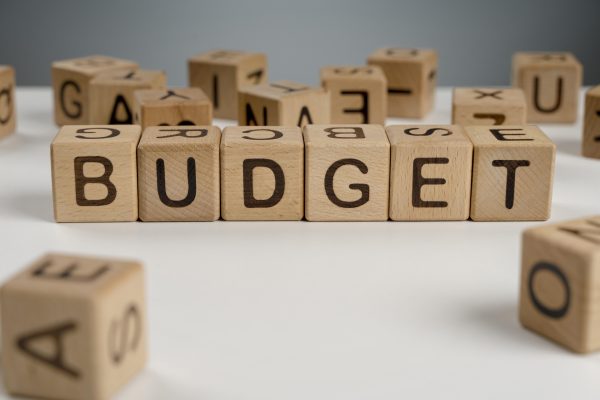Managing your monthly income can be a challenging task, but with proper budgeting, you can take control of your finances and achieve your financial goals. Budgeting allows you to allocate your income towards different expenses, savings, and investments, ensuring that you have enough for both necessities and desires.

In this article, we will discuss a step-by-step approach to budgeting your monthly income effectively, enabling you to make informed financial decisions and improve your financial well-being.
Step 1: Assess Your Income and Expenses
The first step in budgeting is to assess your monthly income and expenses. Begin by calculating your total monthly income, including salaries, wages, side hustles, and any other sources of revenue. Next, gather all your bills, receipts, and statements to determine your regular expenses, such as rent/mortgage, utilities, transportation, groceries, and debt repayments.
Step 2: Categorize Your Expenses
Once you have a clear picture of your income and expenses, categorize your expenses into fixed and variable categories. Fixed expenses are those that remain consistent each month, such as rent or mortgage payments, insurance premiums, and loan repayments. Variable expenses, on the other hand, fluctuate from month to month, such as entertainment, dining out, and shopping.
Step 3: Set Financial Goals
To create a purposeful budget, it’s essential to set financial goals. Determine your short-term and long-term objectives, such as building an emergency fund, paying off debt, saving for a vacation, or investing for retirement. Assign a specific amount or percentage of your income to each goal, keeping in mind the SMART principle (Specific, Measurable, Achievable, Relevant, and Time-bound). These goals will help you prioritize your spending and make informed decisions.
Step 4: Create a Budget Plan
Now that you have categorized your expenses and set financial goals, it’s time to create a budget plan. Start by allocating your income towards your fixed expenses, ensuring that you have enough to cover these essential costs. Then, distribute the remaining funds among your variable expenses and financial goals based on their priority and importance.
It is crucial to track your spending to stay within your budget. Consider using budgeting apps or spreadsheets to record your expenses and monitor your progress. Review your budget regularly, especially if your income or expenses change, and make necessary adjustments.
Step 5: Trim Expenses and Prioritize Saving
To make your budget work effectively, look for opportunities to trim expenses. Analyze your variable expenses and identify areas where you can cut back. For example, consider reducing eating out or entertainment expenses or finding cheaper alternatives for certain products or services. Every saved dollar can be redirected towards savings or other financial goals.
Prioritize saving by setting aside a specific amount or percentage of your income each month. Automate your savings by setting up automatic transfers to a separate savings account. This way, saving becomes a habit, and you won’t be tempted to spend the money earmarked for your goals.
Step 6: Review and Adjust
Regularly review your budget and track your progress. Compare your actual expenses with your budgeted amounts to identify any discrepancies or areas where you may be overspending. Adjust your budget as necessary to accommodate changes in income or expenses. Be flexible and adaptable to ensure that your budget reflects your current financial situation.
Overall, Budgeting your monthly income is a crucial step towards achieving financial stability and reaching your financial goals. By assessing your income and expenses, categorizing your expenses, setting financial goals, creating a budget plan, trimming expenses, prioritizing savings, and regularly reviewing and adjusting your budget, you





